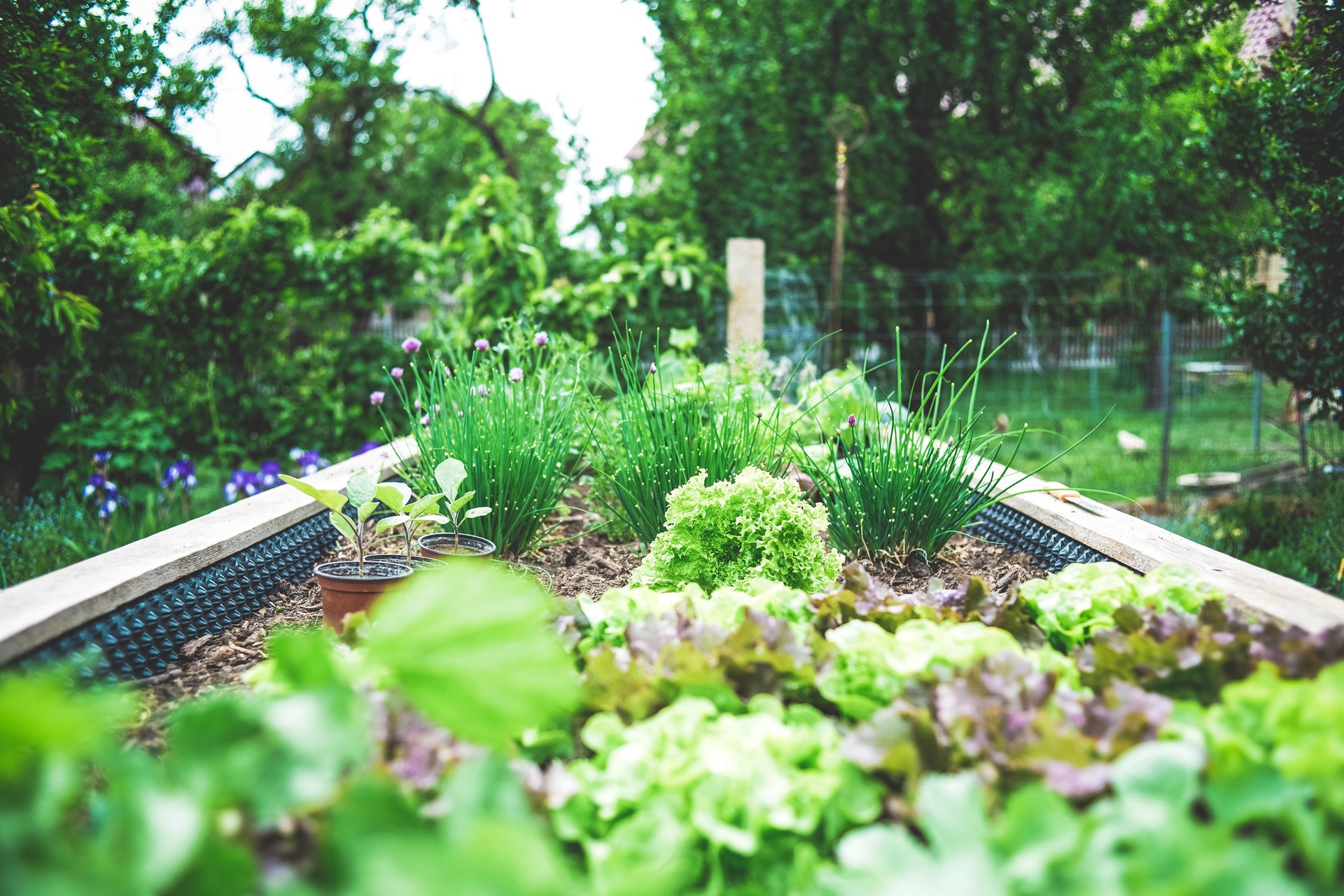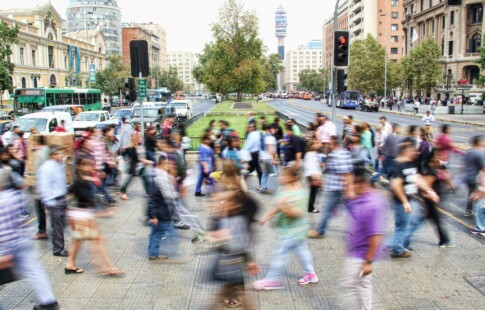
Bloom With a Year-Round Garden Planting Calendar: What to Expect Monthly
We are reader-supported. When you buy through links on our site, we may earn affiliate commission.
When people think of gardening, they often imagine spring blooms and late summer harvests. However, taking care of a garden can require year-round dedication. A lot of work goes into preparing the soil for planting and cleaning up after the growing season ends. Flowers, vegetables and other plants grow on different schedules, meaning there’s always something to do in the garden. A garden planting calendar is a great way to keep track of what you’re growing, what’s next and when you can expect to enjoy beautiful blooms or delicious homegrown fruits and vegetables.
Garden Planting Calendar by Month
Due to differences in climate, soil and other natural factors, there is not one universal gardening calendar. The U.S. Department of Agriculture (USDA) plant hardiness zone map defines 26 different regions based on average temperatures. Most of the U.S. falls between gardening zones 4-9, the middle of the scale.
This garden planting calendar is based on a moderate climate, which means most people can follow general trends based on the season if not the exact month. Gardeners can search their zip code on the hardiness map to find more specific data for their precise location.
January
It’s the beginning of the year, and many people see this fresh start as the perfect time to start a new hobby like gardening. Whether you’re new to the activity or you’ve had a green thumb for years, January is a great time to begin thinking about your plans for the year.
How much time can you commit to your garden? Will you be growing flowers or edible plants like fruits and vegetables? Order seeds now to ensure they arrive by the time the weather is right for planting. You can also make sure you have all the necessary tools and equipment for the upcoming season.
February
It may be the shortest month of the year, but it’s full of opportunities to get your garden started. Spring is on the way and in certain climates, it may be warm enough to start planting soon. However, keep a close eye on the weather and don’t plant too early — the ground might be too hard and frosts can kill young sprouts.
It’s also a great time to start planting seedlings inside. Tomatoes, peppers and carrots can start indoors — you’ll move them outside when the weather is warm enough.
March
In like a lion, out like a lamb — March can be unpredictable, but spring is on the way. In warmer southern climates, you can start planting hardier plants like vine crops, including melons, pumpkins and cucumbers, and root crops, such as beets and carrots. Up north, you might still have a few weeks left before planting weather.
March is also a perfect time for garden maintenance. Take care of any annuals or cold-weather plants you have. Trim shrubs and prune bushes to ensure a neat and tidy appearance.
April
As the soil warms up, it’s time to start planting right in the ground. Especially in southern climates, you can transfer any seedlings you’ve been growing indoors into your outside garden. For larger plants, like any trees or shrubs you may be adding to your garden, now is the perfect time to plant — they’ll start growing and establish themselves before the hottest summer weather hits.
May
In most climates, spring is now officially in full bloom. In fact, it may be getting too warm in southern regions already. Up north, you probably don’t have to worry about late frosts anymore. It’s prime weather for watering, fertilizing and trimming your plants as necessary.
If you planted any cold-season crops this year, it might be time to harvest them now. Hardy vegetables like beets and broccolis are ready for your kitchen table.
June
In many regions, June is still temperate, the last days of spring before summer’s heat begins creeping into your garden. That makes it a fantastic time to ensure everything is going as you planned — is everything growing according to schedule? Do you need to spray for pests or buy more fertilizer? It’s best to get garden housekeeping duties out of the way before it gets too hot.
Looking forward to carving jack-o-lanterns for Halloween? If you want pumpkins by October, June is the right time to plant them — and other vine crops like cucumbers and gourds — in your outdoor garden.
July
The summer heat is settling in, along with bugs and pests like ticks and mosquitoes. This month is another maintenance season for gardeners in all regions. Green thumbs in the south and other warm areas should keep an eye on the temperature and look out for heat waves. Water regularly or ensure your irrigation system is working properly — you don’t want your plants to go without hydration during these long, hot stretches of time.
It’s also time to pick tomatoes, onions and any summer squashes you planted earlier in the year.
August
The vegetable season is soon coming to an end. Summer is winding down now too, but stay vigilant for heat waves that could affect your remaining crops. You’ll likely be harvesting berries and vegetables regularly, so keep a close watch on plants to ensure you pick at the prime time.
You don’t have to worry as much about trimming and pruning as the growing season ends. There’s not enough time left in the year to fully take advantage of new growth, so you can let your shrubs and bushes grow naturally for a while. However, you can cut herbs in the hopes of a second wave.
September
You might notice a subtle chill in the air when you go outside to tend your garden. That’s a sure sign that September is here and the vegetable season is ending. Get ready for a big harvest! Many of the crops you’ve been growing all summer are ready for picking. If you live in a cooler climate, you should pick your pumpkins before the first frost of the fall.
Since the heat is dissipating, you can also spend more time cleaning up your garden, moving dead vegetation and debris from your raised beds to the compost. Ending the season with a clean and organized garden will make it easier to get started again next year.
October
It’s officially autumn, the season of apples, squashes and potatoes. If you haven’t picked your pumpkins yet, October is obviously the perfect time to venture into the patch and harvest the best specimens for carving or baking.
If you’re a cool-season gardener, now is the time for you to get to work. Plant garlic and shallots, greens like kale, beets and other root vegetables. If you have a flower garden, October is also ideal for hardy annuals like pansies and petunias.
November
Your gardening schedule in November largely depends on whether you live in a northern or southern climate. In the south, you may still enjoy moderate days and the last few weeks of fall gardening and harvesting. In the north, however, winter might already be on the way.
If you haven’t started yet, begin cleaning up your garden from this year’s activities. Rake leaves, dispose of debris and dead plants, prepare your compost pile for the winter and take care of your soil until the ground freezes.
December
While some warmer regions may still have the right climate for hardy crops like lettuce or mustard, most people are dealing with low temperatures and frozen soil in December. However, if you’re bent on growing something through the winter, herbs are viable year-round if grown indoors.
Whatever your winter weather, December is a time to take stock of your garden’s progress. What worked this year and what didn’t? Did you have too many cucumbers and not enough strawberries? Start thinking about the changes you’ll make in your garden next season to get the harvest you want.
Use a Garden Planting Calendar Year Round
Growing your own food is a satisfying year-long commitment, and a garden planting calendar will help you keep track of your schedule. Whether you’re preparing for the growing season, tending your crops or finally harvesting the fruits of your labor, there’s always something you can do.
Share on
Like what you read? Join other Environment.co readers!
Get the latest updates on our planet by subscribing to the Environment.co newsletter!
About the author

Steve Russell
Steve is the Managing Editor of Environment.co and regularly contributes articles related to wildlife, biodiversity, and recycling. His passions include wildlife photography and bird watching.





